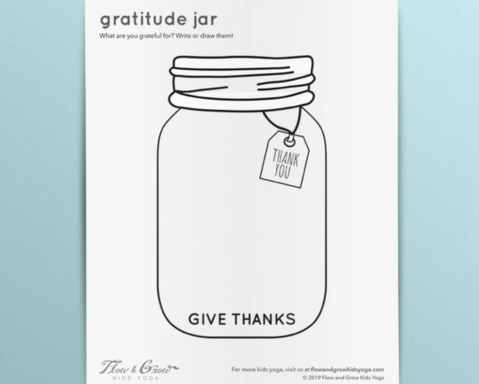This 2-Second Technique Can Make Your Cut Flowers Last For Weeks
Mine are going 16 days and counting.

Advertisement
This ad is displayed using third party content and we do not control its accessibility features.

mbg Contributor
Emma Loewe is the former Sustainability and Health Director at mindbodygreen. She is the author of "Return to Nature: The New Science of How Natural Landscapes Restore Us" and the co-author of "The Spirit Almanac: A Modern Guide To Ancient Self Care." Emma received her B.A. in Environmental Science & Policy with a specialty in environmental communications from Duke University. In addition to penning over 1,500 mbg articles on topics from the water crisis in California to the rise of urban beekeeping, her work has appeared on Grist, Bloomberg News, Bustle, and Forbes.
Image by Ali Harper / Stocksy January 08, 2025 We carefully vet all products and services featured on mindbodygreen using our Our selections are never influenced by the commissions earned from our links. To me, there's nothing more beautiful than a vase of cut flowers—and nothing more miserable than watching them wilt. I know that some of the best things in life are fleeting, but still, I wonder: Is it possible to stave off the inevitable and keep bouquets alive a little longer? Earlier this month, I set out to discover the best way to promote plant longevity. Get those vases ready, because I found it!
The basics of flower food
I started this experiment with realistic expectations, as once a flower is cut and can no longer produce life-giving sugars through photosynthesis, it's only a matter of time before it dies. Florists can delay this process by preserving flowers in cool conditions until they're ready to be arranged, but at home, our main option is those little packets of plant food.
I've never had much luck with those and find them more annoying than anything else. However, they can give us a good idea of what flowers crave once cut. Here's what they're usually made of:
Over the years, I've heard of a few ways to recreate elements of this formula at home with kitchen items, including coins, apple cider vinegar, and vodka. In a recent interview, garden designer Isabelle Palmer tipped me off to two more: aspirin and fizzy, fruity soda. With her recommendation, I threw these additions into the list and gathered my supplies.
The setup
With five additions to test and a bouquet of carnations at the ready, I got mixing. After reading up on research that found that water containing around 2% sugar is usually ideal for flowers, I was careful not to add too much to each small vase. Here are the ratios I went with:
On a Monday night, I popped three to four healthy stems into each mix, set up a control vase with just water, and patiently awaited the first signs of wilting.
The results
Week 1:

By the end of the first week, all the flowers were still looking good, no clear winner or losers yet. At the suggestion of a florist, I replaced the water in every vase after three days. The aspirin was the only ingredient that was slightly annoying to add again, so I dinged a few points off that one.
Week 2:

By the following Wednesday, the flowers in the sugar-ACV vase and the vodka vase had started to look limp. The rest were still going strong.
Then, by Friday, the coins had given out as well. The aspirin and fizzy soda vases still looked great—as healthy as the control flowers, if not healthier.
Week 3:

Image by Emma Loewe / mbg Creative
It's now week three, and I'm pleased to announce we have a winner: The fizzy soda flowers are still going shockingly strong after 16 days on display. While the aspirin and control flowers started to wilt days ago, the Orangina ones are still bright, full, and fragrant.
When you consider that Orangina (or any kind of non-diet citrus soda) contains plenty of acid and sugar to keep flowers happy, this long lifespan starts to make more sense. I suspect that the carbonation also helped stave off any potential bacteria because I didn't run into any issues with growth or funky odors.
The takeaway
In my test of five popular homemade flower foods, Orangina was the clear winner. Adding a splash of it to a cup of water helped my blooms look great for 16 days (and counting!). I'm excited to continue using this technique on homemade bouquets to come. And how's this for a bonus perk: Now I have a response when people ask me why a wellness editor keeps soda in her fridge.

 Tfoso
Tfoso 




























